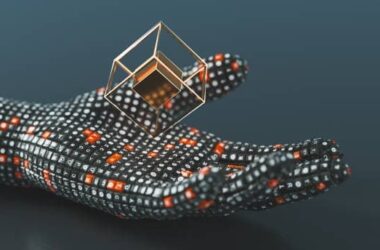The Ability Power could be a rather fundamental camera, however you will find numerous Electricity Power products available on the market from dozen of manufacturers. Narrowing lower the very best product for your application and budget may well be a daunting task. This information addresses Electricity Power differentiators, functions along with the applications they’re perfect for. The article’s focus is Electricity Power Supplies utilized by engineers, manufacturers, quality professionals and electronic hobbyists for your purpose in R&D, manufacturing and testing.

Power Supplies may differ on cost from $50 to $20,000 along with the price is frequently directly proportional to the quantity of power the machine outputs. The main reason for an energy supply should be to regulate output current and current. It requires a port power and regulates the output power regarding enforce a ongoing current and current. Within the situation of Electricity Power Supplies, the input power is converted from ac (AC) to electricity (Electricity). There’s two fundamental kinds of controlled Electricity Power Supplies: Straight line and Switching.
Straight line power supplies cannot output a bigger current in comparison with input source. Theoretically, a vertical line power that’s driven by typical 110V wall plug could only output 110V, presuming the machine were 100% efficient. Realistically, no power is 100% efficient because power conversion always leads to energy loss, usually by means of heat dissipation. Therefore, straight line power supplies usually output current that’s considerably beneath the input.

Switching power supplies can step-up, step-lower or invert the input current. Switching power supplies are often bigger, noisier and even more pricey than their straight line counterparts, however, switching power supplies are frequently more efficient.
Selecting the best Electricity power for your application requires idea of some elementary design specifications: current range, current range, amount of outputs, power cleanliness (referred to as “ripple”) and programmability. Generally, the greater the output current along with the lower the ripple, the greater pricey the ability Power. Multiple outputs and programmability features may also greatly increase the cost.
Minimal pricey Electricity Power Supplies are perfect for electronics hobbyists and fundamental electro-mechanical applications where only raw power is needed. Chances are the devices being powered of these applications presently have power-conditioning features that eliminate the advantages of precision input power. Low power, single output, Electricity power supplies range on cost from $50 to $200.
Mid-range power supplies would be better appropriate for non-critical, laboratory projects involving more difficult electro-mechanical applications or fundamental board-level testing. Mid-range power supplies may have multiple outputs, greater power ratings, lower ripple and precision, digital metering ( /- .001V, /- .01A). Mid-range Electricity power supplies may be straight line or switching and may range on cost from $200 to $1,000.
High-finish applications requiring high output current, advanced programmability (GPIB PC Interfaces), numerous outputs and very low ripple should budget more than $1,000 for Electricity power. Many laboratory, R&D and testing applications could easily spend $5,000 to $10,000 per power.







